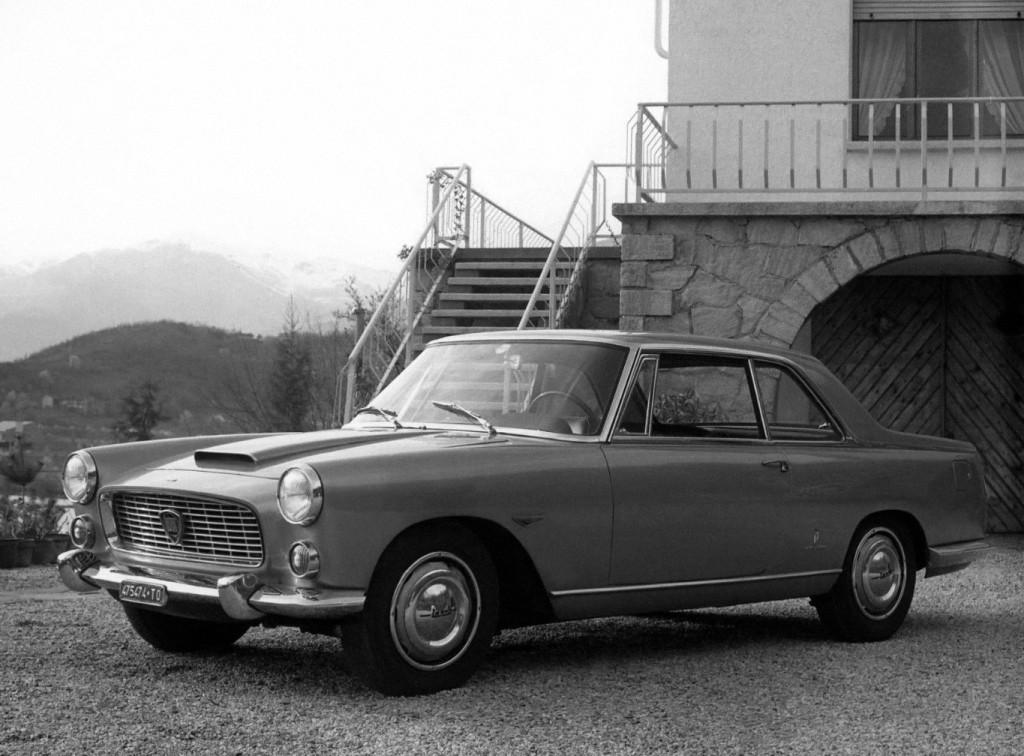Today, car manufacturers are tumbling over each other to develop as many new models and trim levels as possible. Yes, the rat race has been halted by a certain pandemic. But still: there are so many developments. Take Mercedes-Benz for example. A very good-natured press representative once said that he was unable to keep count. A rush, in which it was always important to hook up and stay sharp.
In order to keep up with this tidal wave of innovations and at least stabilize a market share, platforms are needed, on which people can freely vary. Manufacturers work together, exchange a lot or fall under one flag. Examples abound and the last major merger was that between FCA and PSA. Seventeen labels are now covered. Scaling up and developing together are conditions for ultimately making a profit and acquiring a solid market share. And to develop areas that party A also gains access to thanks to party B.
Seventeen labels. Lancia is one of them, and the historic luxury brand is a concern sister of Opel. That was once unthinkable, certainly in the era gone by since 1969, in which Lancia determined it all itself. By trial and error. With financial headwind and risk. But above all: with the courage to be yourself. And from that mental autonomy also dared to call in beautiful design houses to make the Lancia call for a select group even more attractive and especially more specific. I thought about it when I started reporting on the Lancia Flaminia, an eminent Berlina that formed the basis for so much more.
In the Flaminia era, chassis rolling from the factory found their way to beautiful companies such as Zagato and Touring. In exclusively low numbers, il telaio storico were turned into incredibly beautiful automobiles. And many a body shop and / or designer made a unita: one copy, a literally unique creation. The technical basis was the reason - depending on the meticulously designed and often exclusive body - to give each creation its own specification.
Such as the beautiful Pininfarina coupé, inspired by the Florida II, drawn with a golden brush and handcrafted by the people of Pininfarina. This coupé was the closest in appearance to the Berlina, but could be distinguished from thousands. This stately and impeccable coupé was so formidable that it sold even better than the car that gave it the basis to shine.
Lancia already made very nice regular models at the time (as far as you can call a Lancia regular): all Lancia derivatives designed by pure Italian design houses were beauties of water that you could not find more pure anywhere. They were supplemented with beautiful and regularly sharpened technology and with that typical Lancia decency.
Take a look at the Flaminia derivatives. As Berlina already a graceful beauty. The Pininfarina coupé, the Touring versions and the Sport Zagato were equally works of art. All with their own identity. And embarrassed by the superlative. Because one of the most beautiful cars in history is the Supersport Zagato. less is more in its most undivided and subtle Italian form. Beauty that transcends pure turismo and speed in meaning.
These are creations that were created according to good practice because the designers drew the most beautiful designs from a beautiful technical basis with ultra-fine sharpened pencils. Discreet, very fine-tuned, balanced to the millimeter and not a single line too much. The own designs gave not only Lancia, but also the Italian car manufacturers even more cachet, and many directors and owners knew that.
So those thoughts took hold of me when I put the first fruits of the Lancia Flaminia report on paper. A new report on the car, which formed the basis for the most beautiful thing that ever rolled out of a car factory. Most beautiful, because the signature of phenomenal designers was on it. And the body houses combined innovative engines and ingenious basic technology with beautiful lines. And whose origins left nothing to guess.
The uniqueness of the client was preserved in that masterly interplay of lines. Bodyworks, which were viciously drawn yet recognizable as car sculptures that proudly bore the Lancia logo. And their discreet and high-quality beauty said that scaling up was not necessary to build the most beautiful cars in history.
That history will not return. But because of that it becomes stronger, more glorious. With every innovation in the automotive industry, those mythical historical Italian proportions grow to an even higher level of sophistication. They become even more fascinating in retrospect, certainly in combination with the Lancia logo. Because the body shops knew decades ago that their creations would be included in the canon of automotive history forever. So, so delicate. So, so beautiful. And so, so often misunderstood.















Great story, great brand, great beautiful cars
very beautiful!